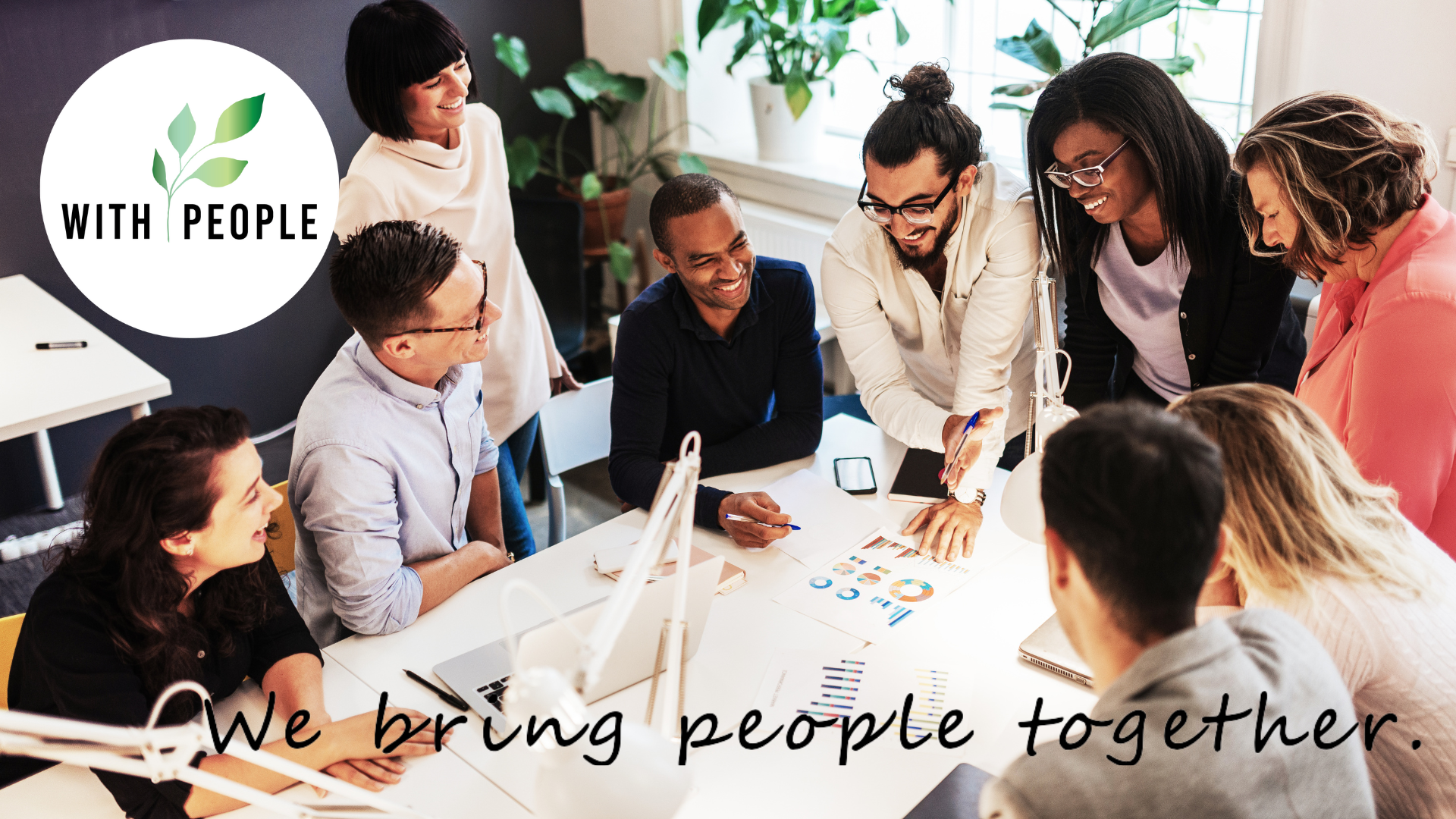What can we learn from the One Dish, One Spoon Agreement?
One Dish, One Spoon: “[The treaty] between the Anishinaabe, Mississaugas and Haudenosaunee that bound them to share the territory and protect the land. Subsequent Indigenous Nations and peoples, Europeans and all newcomers have been invited into this treaty in the spirit of peace, friendship and respect.” Land acknowledgement | This is a Canadian Issue: Reflecting on TRC Calls to Action (ryerson.ca)
Members of Indigenous Nations and Europeans are invited to share a meal together, traditionally beaver tail soup, while eating from one bowl with one spoon. This represented the need to come together in peace, to take what was required for sustenance, leave enough for others to eat, keeping the dish and spoon clean.
The dish represents the shared land from which each community ate, and they ate from one spoon. There was a shared responsibility to ensure the dish was clean and never empty. No knives were at the table, meaning that we must keep the peace.
This led to three basic rules:
- Take only what you need
- Leave some for everybody else
- Keep it clean
Dish With One Spoon | Nandogikendan
How might the three rules from this Treaty help ensure a psychologically safe, welcoming and sustainable place of work?
Discuss.
Take the #20percentchallenge
Visit our homepage to learn more about our Indigenous-owned human resources and labour relations consulting firm serving Canada with offices in Edmonton, Alberta and Prince George and Victoria, British Columbia.

Recent Comments